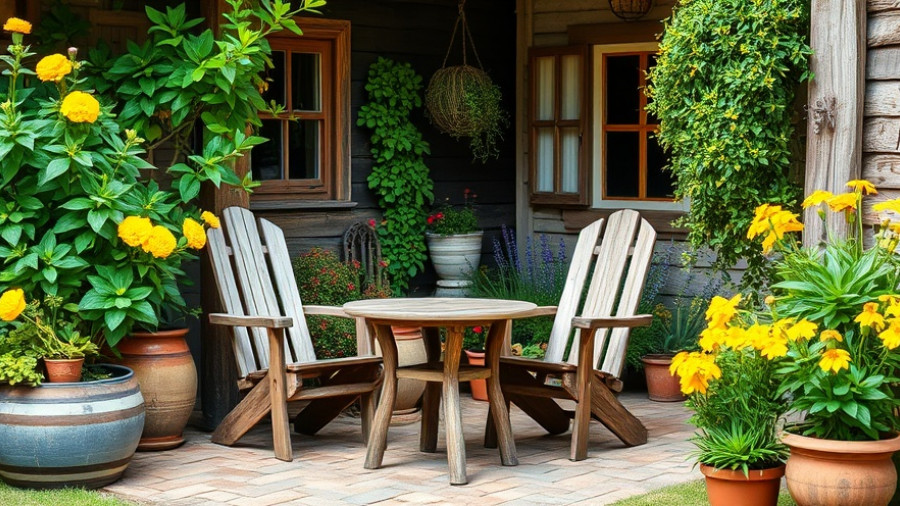
Why Bug Hotels Matter in Our Gardens
Bug hotels are more than just quirky garden decorations; they are sanctuaries for beneficial insects that play crucial roles in our ecosystems. With many species of bees, butterflies, and beetles facing threats from habitat loss and pesticides, incorporating bug hotels into our gardens creates a refuge that helps sustain biodiversity. Homeowners can take part in a small yet meaningful way to support local wildlife while enhancing the aesthetic appeal of their outdoor spaces.
In 3D Printed Bug Hotels! #shorts, the topic highlights the importance of creating habitats for beneficial insects, which inspired us to delve deeper into how homeowners can embrace this trend.
Creating Your Own 3D Printed Bug Hotel
Imagine designing a bug hotel tailored to your garden's unique environment! Using 3D printing technology, homeowners can craft personalized bug hotels that fit their specific needs. Many local libraries and maker spaces now offer access to 3D printers, making it easier than ever for you to embark on this fun DIY project. With endless design possibilities—from geometric shapes to natural designs—your creative skills can shine while making a positive impact.
Choosing the Right Materials for Eco-Friendly Bug Hotels
When building a bug hotel, materials matter. Use untreated wood, bamboo, straw, and leaves to create a hospitable environment for insects. Ensure that your 3D printed components are eco-friendly, opting for biodegradable filaments or recycled materials when possible. This commitment to sustainability not only protects the environment but also sets a great example for your neighbors and family.
Maintenance Tips for Your Bug Hotel
Once your bug hotel is up and running, maintenance is straightforward yet essential! Regularly check for any signs of pests, especially harmful insects that may jeopardize the beneficial residents. Keep track of the hotel’s overall condition, and refresh nesting materials as needed. By caring for your bug hotel, you're ensuring it remains a thriving sanctuary for pollinators and other helpful insects.
The Joy of Observing Nature
Setting up a bug hotel not only contributes to ecological health but also enhances your love for nature. Spend time observing the various species that take residence in your creation. Teaching kids about the importance of these insects can foster an appreciation for nature. You'll soon find that your garden is more than just a space for plants; it transforms into a vibrant ecosystem.
Inspiring Others with Shared Success
As a homeowner, you have the power to inspire others within your community. Share your bug hotel project on social media or host a small gathering to demonstrate how easy it is to make a bug hotel. This communal effort can spread awareness about the critical roles these insects play in our gardens, sparking collective actions to support local wildlife.
By focusing on DIY solutions like 3D printed bug hotels, you're not just upgrading your space; you're actively contributing to sustainable living and biodiversity conservation. So why wait? Let’s start creating bug hotels today and invite nature right into our homes!
 Add Row
Add Row  Add
Add 



Write A Comment